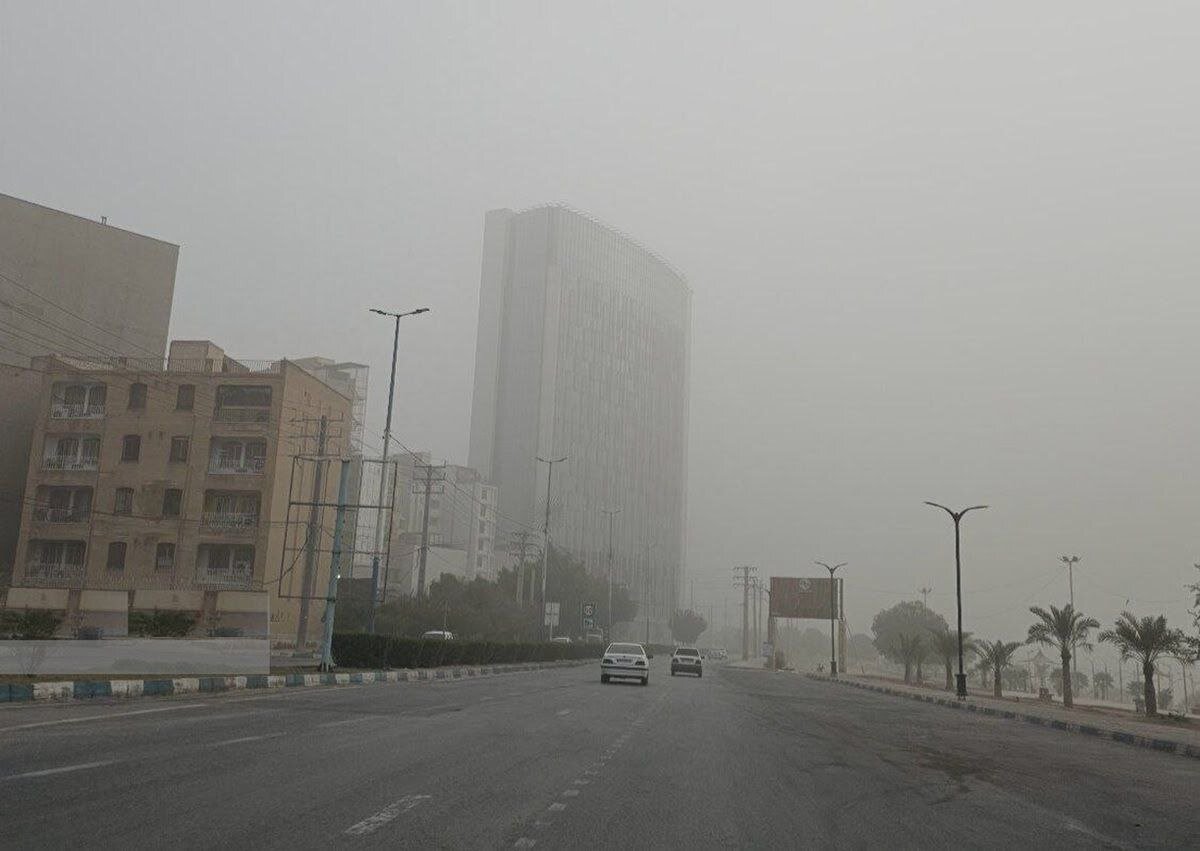Ad hoc working group to deal with sand and dust storms

TEHRAN – President Masoud Pezeshkian has issued an order calling for the establishment of a specialized working group to address sand and dust storms (SDSs), which have turned into a significant public health concern in the country.
During a meeting held on Sunday, the Department of Environment (DOE) presented a report on the hazards of SDSs, as a comprehensive and growing threat, and enumerated the national plans and strategies to mitigate the impacts of SDSs, IRNA reported.
Highlighting the significance of preserving the environment, as a critical issue of the country, the president ordered the establishment of a working group, consisting of experts, academics, representatives of ministries and executive agencies, to prepare and implement operational plans to combat the dust phenomenon, drawing on successful international experiences.
Dust storms are major environmental challenges that adversely impact food security, human health, and the sustainable development process at national and regional levels.
Iran’s initiatives in combating SDSs
Being located in an arid and semi-arid area, Iran has been negatively impacted by climate change. The rise in temperatures, drop in precipitation, intensified droughts, and frequent SDSs have not only threatened the ecosystem and biodiversity but also jeopardized the country’s food security by exacerbating soil erosion, expanding desertification, and declining agricultural productivity, according to the DOE.
The following are the steps taken by the country to mitigate the harmful impacts of SDSs.
Recognizing that sand and dust storms and their negative impacts at different scales are issues of international concern, the United Nations General Assembly, at Iran’s initiative, proclaimed July 12 as the
Also, the 6th United Nations Environment Assembly (UNEA-6), which was held from February 26 to March 1, approved a resolution adopted at the international summit on dealing with sand and dust storms held in Tehran in September 2023.
Close cooperation with specialized agencies, particularly the United Nations Development Program (UNDP), as well as adopting other programs focusing on forecasting, and early warning, boosting national capacities, and developing innovative strategies to enhance resilience on the top agenda of the country, are among other measures taken.
With an increase in the frequency and intensity of sand and dust storms (SDSs) in different provinces of the country, Iranian researchers have been utilizing indigenized technologies to mitigate and control SDS impacts.
The following are some approaches adopted to cope with SDSs, which have a significant impact on public health, ISNA reported.
Development of non-oil and eco-friendly mulches: mulches are an alternative to traditional oil-based mulches, which have resulted in serious environmental damage. These types of mulches have been developed from compost, gum plants, and starch products provided by researchers from the Agricultural Biotechnology Research Institute, University of Tehran, the Forests and Rangelands Organization, and Khuzestan Science and Technology Park.
Nano and polymer mulches: developed by Sharif University of Technology and the Materials and Energy Research Center, the product uses nanoparticles to produce coatings with high adhesion and long-lasting durability. Nano mulches are environmentally friendly and have been tested in some central and south-western regions of the country.
Indigenized Early Warning Systems: the Iranian Meteorological Organization has launched satellite dust monitoring systems that use remote sensing data to predict dust storm transfer pathways. To this end, the organization has developed collaborations with the United Nations Environment Program (UNEP) and the World Meteorological Organization (WMO) to upgrade these systems.
Air Pollution Warning Apps: Several native apps, like “Iran Meteorology” software, “Zarin Meteorology” software, or the web-based systems of the Department of Environment, have been developed in the country to display data from air quality monitoring stations.
Restoring water resources and wetlands employing new technologies: Restoring Hour al-Azim, Bakhtegan, and Jazmourian wetlands, implementing smart water use projects with drainage control and wastewater treatment, and recycling urban water to re-enter the wetland bed have been applied as solutions to combat fine dust.
Green belt plan: the strategy focuses on planting low-water and drought-resistant plants, such as ash trees or bitter olives, to establish green belts around Tehran and industrial cities to control SDS hazards.
Urban air purifiers: Iranian knowledge-based companies have developed air filters for public places, schools, and even open spaces, although they have been tested in limited places.
Despite international sanctions and restrictions, Iran has been able to take steps in areas such as satellite monitoring, bio-mulches, and scientific desertification. However, to be able to pursue the path, sustained financial support, widespread implementation, and regional cooperation with neighboring countries are required.
MT/MG
